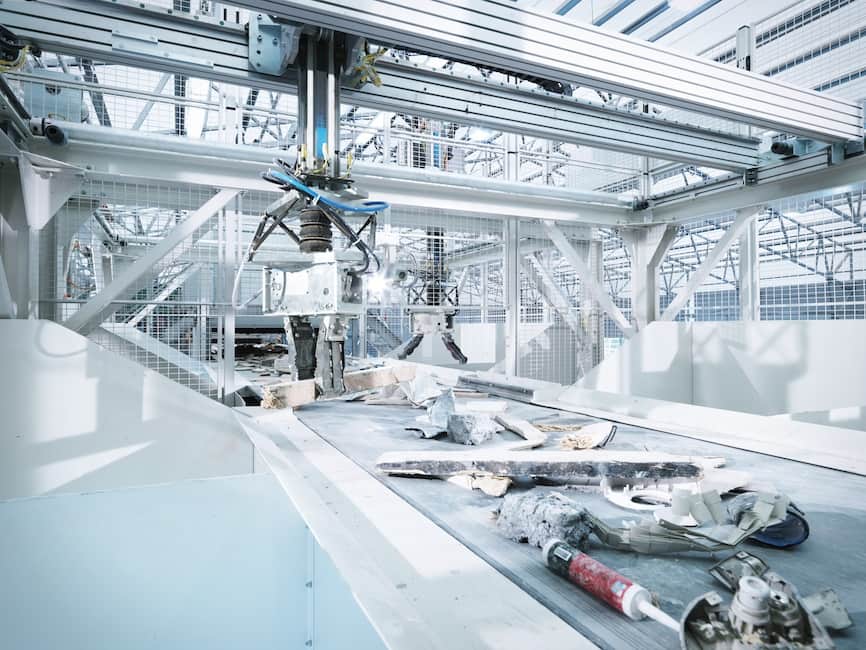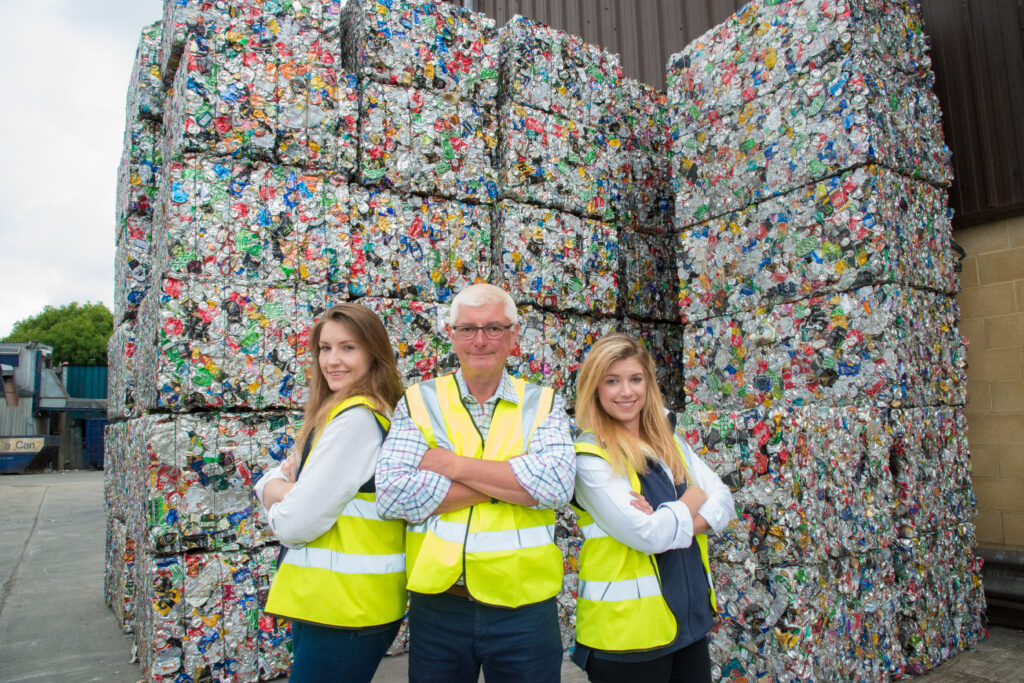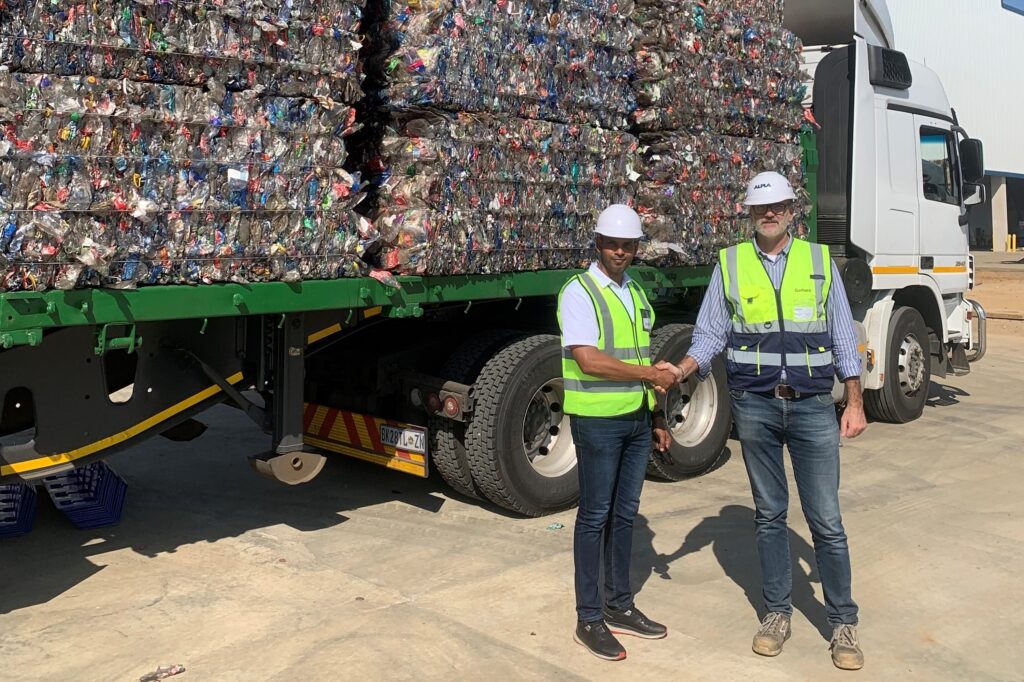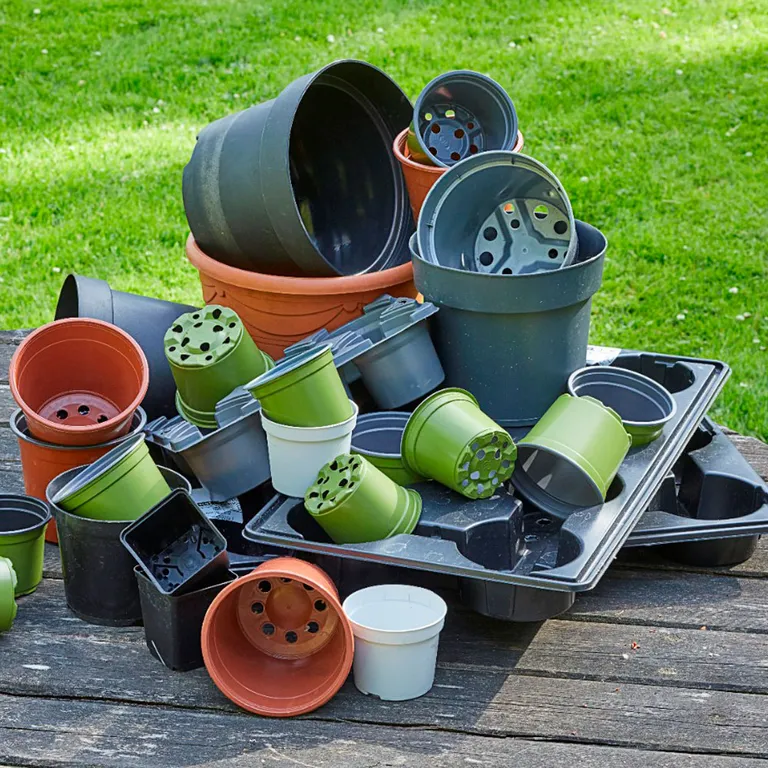
Last month letsrecycle.com visited ZenRobotics a Finnish company developing cutting-edge technology targeted specifically at the waste sector. The Helsinki-based tech company, which began as a research project backed by the University of Helsinki, under the guidance of software developer Tuomas Lukka, develops robots for the sorting of waste and recycling. To date the company has exported robotic sorting systems to nine facilities worldwide, including in the Netherlands, France, Switzerland, USA and Japan. Interest has also been registered from the UK. Clients include recognised names such as Suez and Veolia.
Beginnings
Starting in 2007, Dr Lukka spent two years to find suitable industrial applications for using robots, outside of the traditional processes which include vehicle manufacturing. “When I was starting this company in 2007, we had a very succinct business plan: do something cool with robots,” he explained. Applications explored included using robots in industrial baking processes as well as in the manufacture of detergent, but Zen settled on the recycling industry and began developing a recycling-specific robot in 2009, with its first generation product on the market in 2012. The company now employees 30 employees, most of whom work on the development of the software for the robots, from its central-Helsinki HQ.

Designed typically to pick up material from construction and demolition-type wastes which might include heavy rubble, wood, metals and hard plastics, ZenRobotics claims that the systems won’t entirely replace human operators, rather picking heavy objects, weighing up to 20kg in weight, and 1.5 metres in length, that might be dangerous for a human-operated picking line to sort. But, the system does mean that manual labour on a picking line can be reduced. The company also claims that a robotic unit can pick at a much greater rate of efficiency than a human, picking 2,000 items per hour to an average of around 700 for a human.
System
The robot, named the ‘ZenRobotics Recycler’ consists of a mechanical arm with attached gripper, as well as a conveyor and screening system, combined with an array of sorting systems including near-infrared detection, cameras and metal detection systems. A mixed waste stream is loaded onto the conveyor by an operative, where material smaller than 100ml is screened out and any 2D materials, such as sheet plastics, which can obscure other materials during the detection process. The robot can control the speed at which the material travels along the conveyor so that it is presented at a rate that will allow it to pick materials accurately. Typical units deployed by Zen to date have consisted of two arms, each picking materials into two or more containers. However, the company claims that the number of automated arms can be increased to improve the speed and efficiency of the picking line, as well as the number of fractions that can be separated.
“The AI learns itself what the difference is between the materials, what this means is that it gives the customer additional flexibility.”
Timo Taalas
Chief executive, ZenRobotics
According to Zen’s chief executive Timo Taalas, due to the varied nature of material present in the waste stream it is impossible to programme a machine which can identify every type of material likely to pass through its sorting system. Rather, the robots can be ‘trained’ to look out for certain types of material, by assessing the various properties of the material such as size, shape, colour, density, weight, and even the relative wear and tear of the material on the belt. This is where the ZenRobotics ‘Brain’ comes in, the cleverly designed software developed by the company which holds all of the secrets to how the system operates.
Artificial intelligence
“We don’t have in our software any code for material recognition. There are no rules that say if an object is round in shape, white in colour and with black spots it is a football,” he explains. “We instead train the system. You collect samples of the fractions you want to sort. You collect a pile of wood, and a pile of stone, whatever you want to sort, feed it through the belt one by one and say ‘now you are getting a pile of wood, now you are getting stone’.

“The AI learns itself what the difference is between the materials, what this means is that it gives the customer additional flexibility.”
To date users have trained the machines to differentiate between different quality specifications of waste wood, separating into both ‘A’ and ‘B’ grades, different grades of metal, as well as plastic polymers determined by the shape and weight of the material. Zen has also designed a simple user interface system so that the machine can be quickly reconfigured to recover different streams, which can even be controlled through a smartphone app.
Mr Taalas added: “The normal operation of the feed is very simple, all you need to do is select the speed of the input and select the types of material that you are sorting. To teach the robot requires a bit of training from us, we train the user to do that. The most important aspect of that is to make sure that the material you are using is representative of what the robot will be sorting.”
The starting cost of a ZenRobotics unit is between €600,000 to €700,000 for the most basic model, but the developer claims that the machine can operate efficiently and economically on a site taking in a minimum of close to 20,000 tonnes of waste per year. Machines can operate at close to 99% accuracy. According to Zen the latest models of the robot are relatively energy efficient, consuming around 16kW of power – based on a system set up with two robotic picking arms.
Robots in the UK?
ZenRobotics has recently announced an exclusive agreement with equipment supplier Blue Group for its UK distribution rights and the company has already revealed that there has been some interest in bringing the system to this country. Blue Group director, Eugene Donnelly commented on the agreement: “This technology is the future for waste plants and we are delighted to be working with the world leader. The technology is almost three times quicker than a human, more accurate and can work over multiple shifts, which will ultimately save a company money over the long-term.”
So, are we likely to be witnessing a robot revolution at waste facilities up and down the UK any time soon? Certainly the ZenRobotics systems offer opportunities to improve efficiency of waste sorting for material streams that can be difficult to sort, whilst also potentially improving the safety of sites. But, the company has yet to find a solution for lighter and smaller fractions of waste, which for the time-being at least, means that we’re unlikely to see fully mechanised systems creeping into sites sorting household-type waste fractions. The robot-led future is not here quite yet.












Subscribe for free